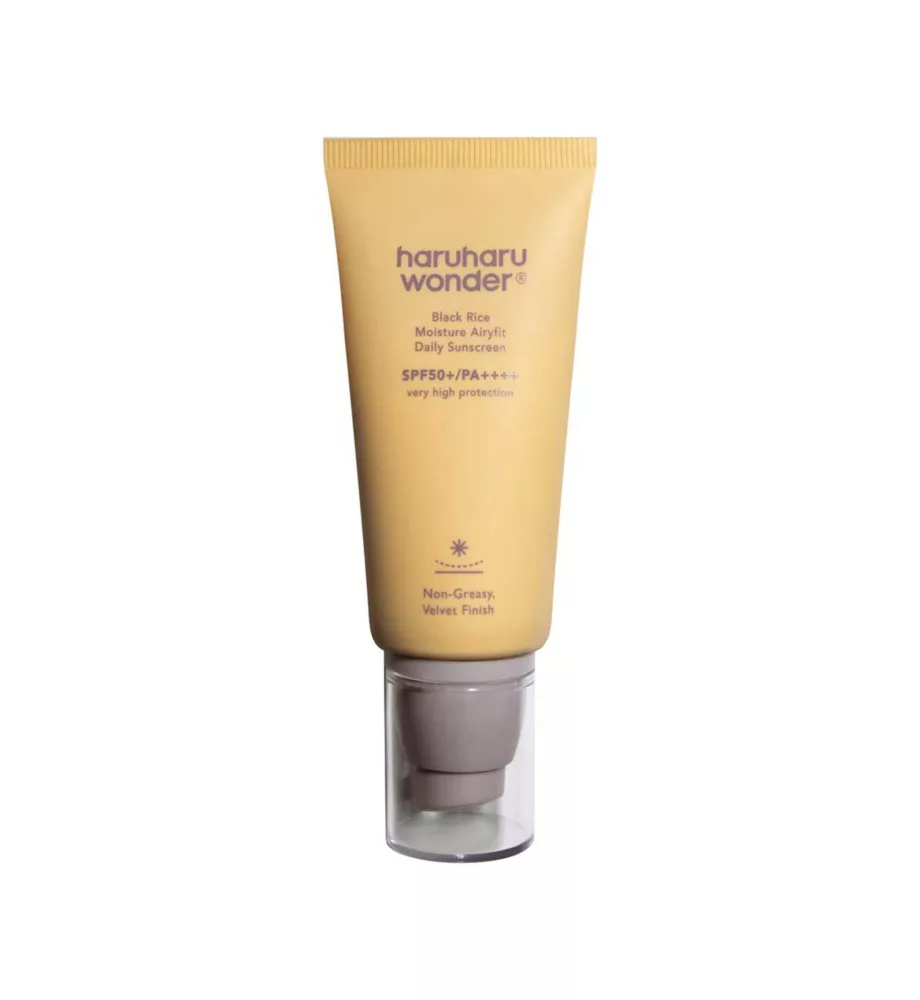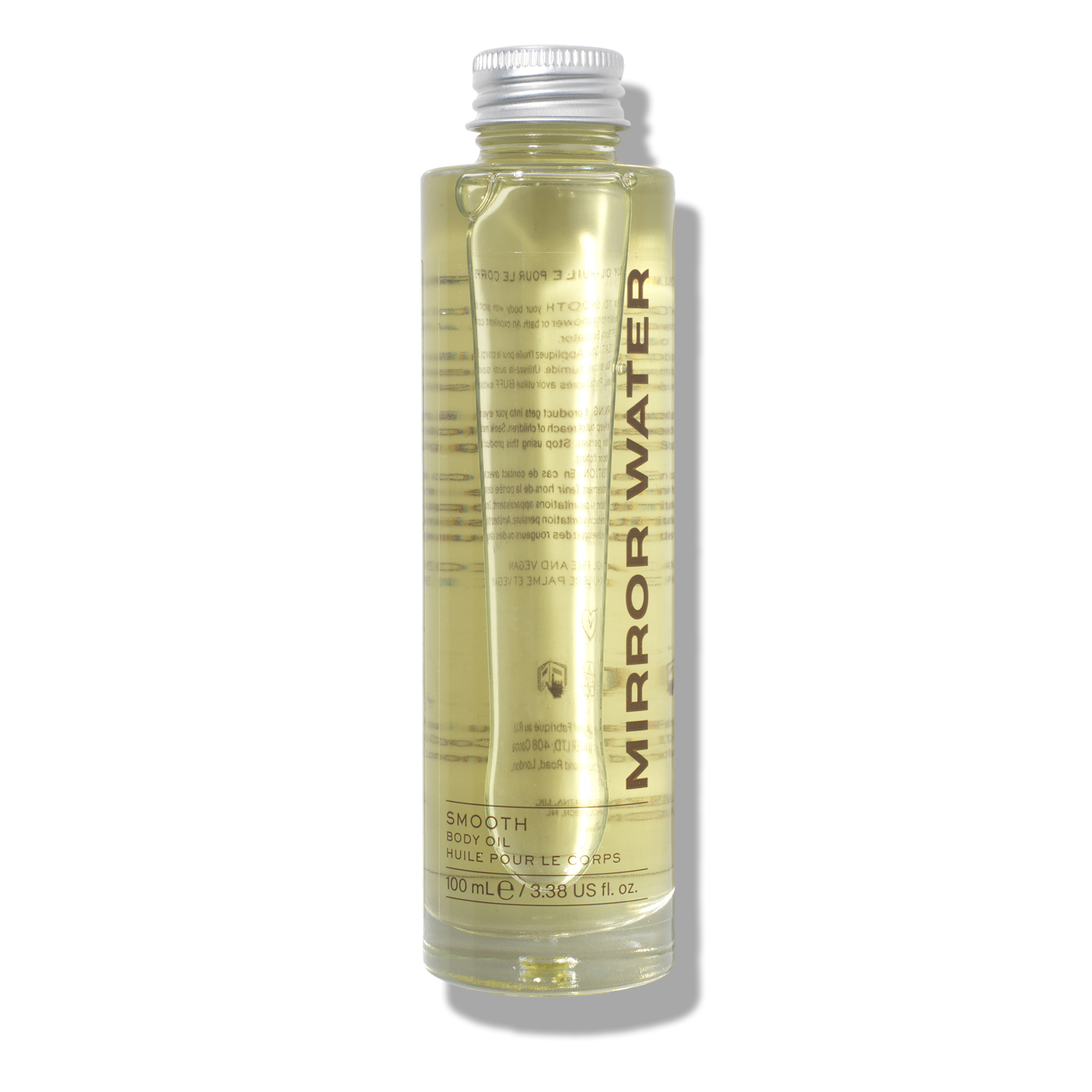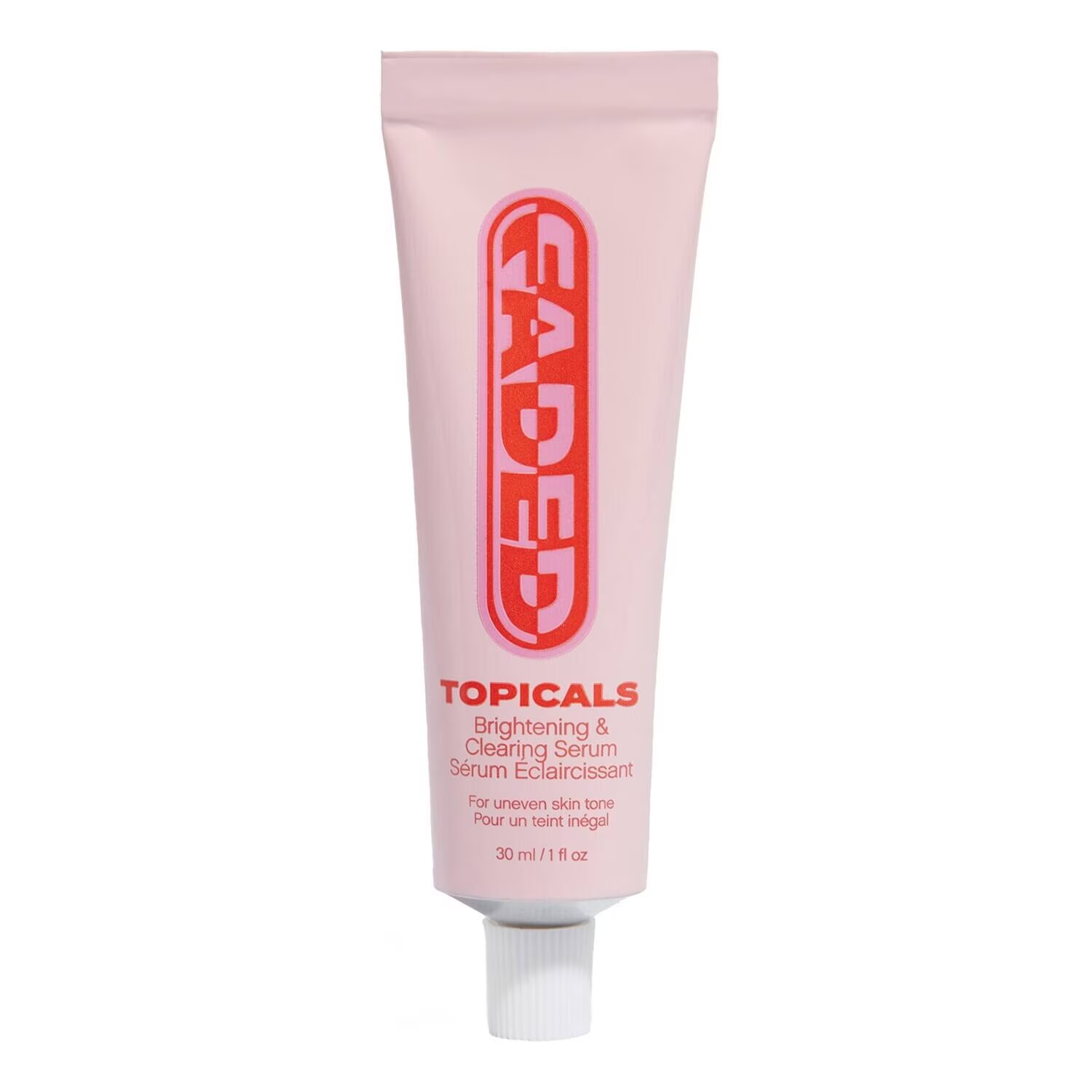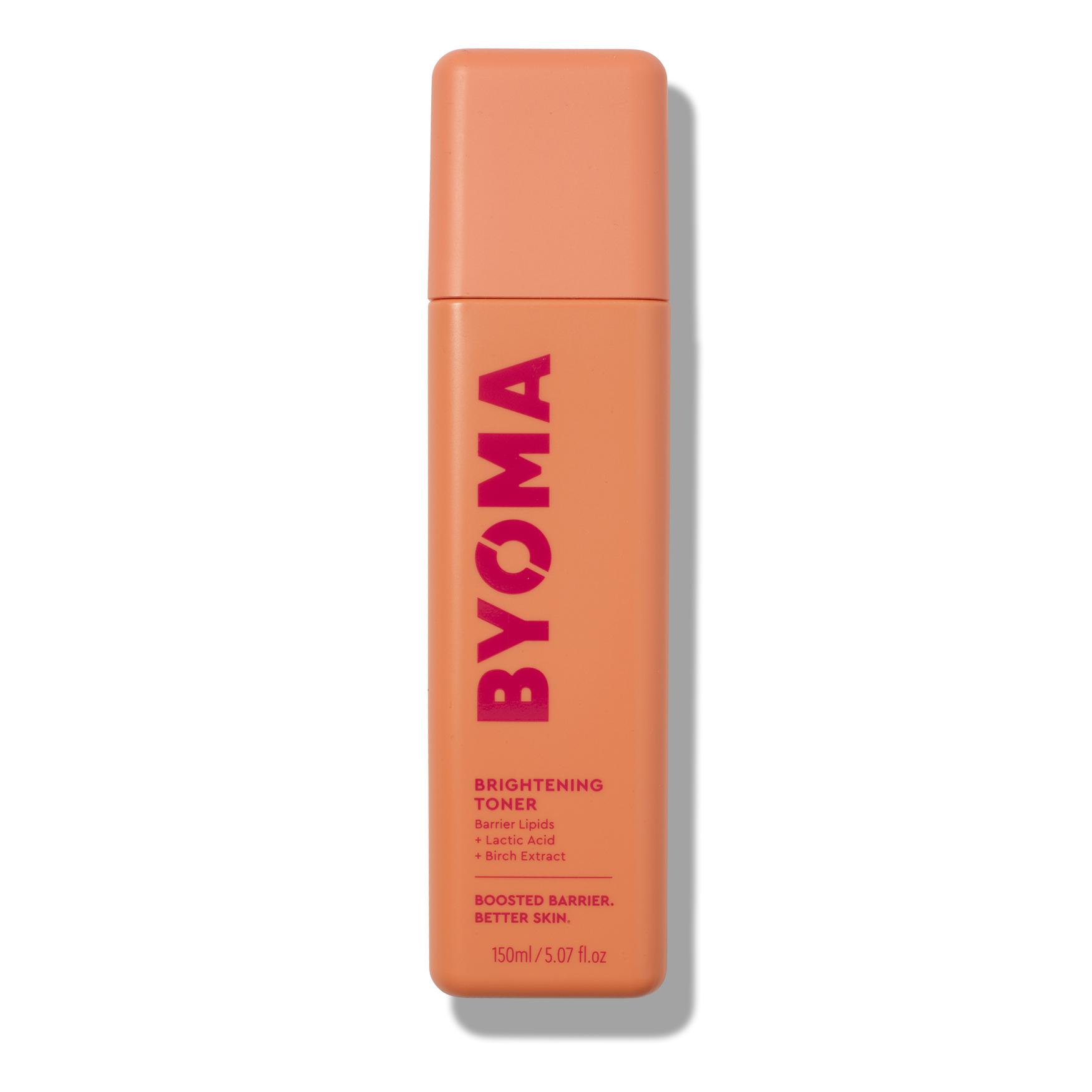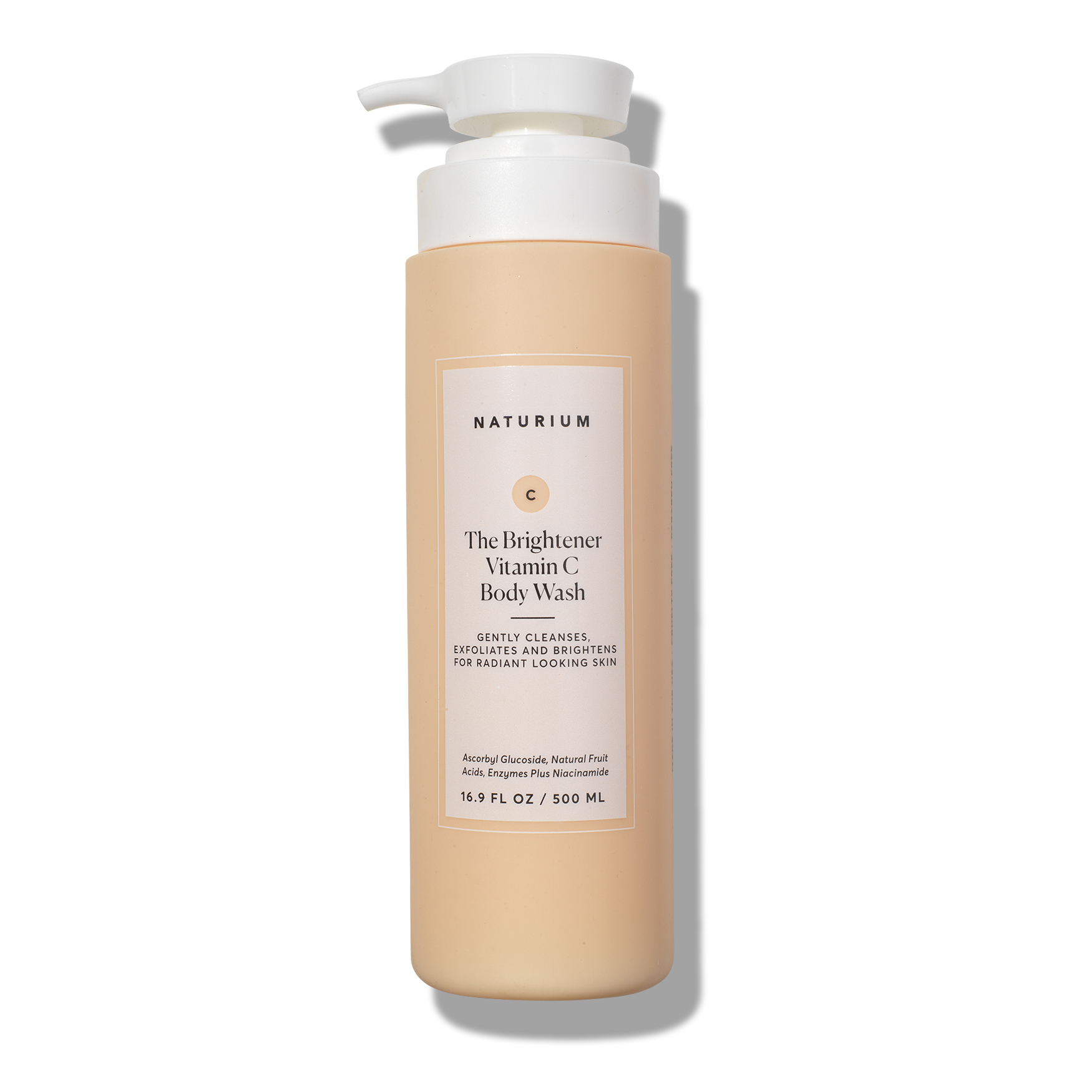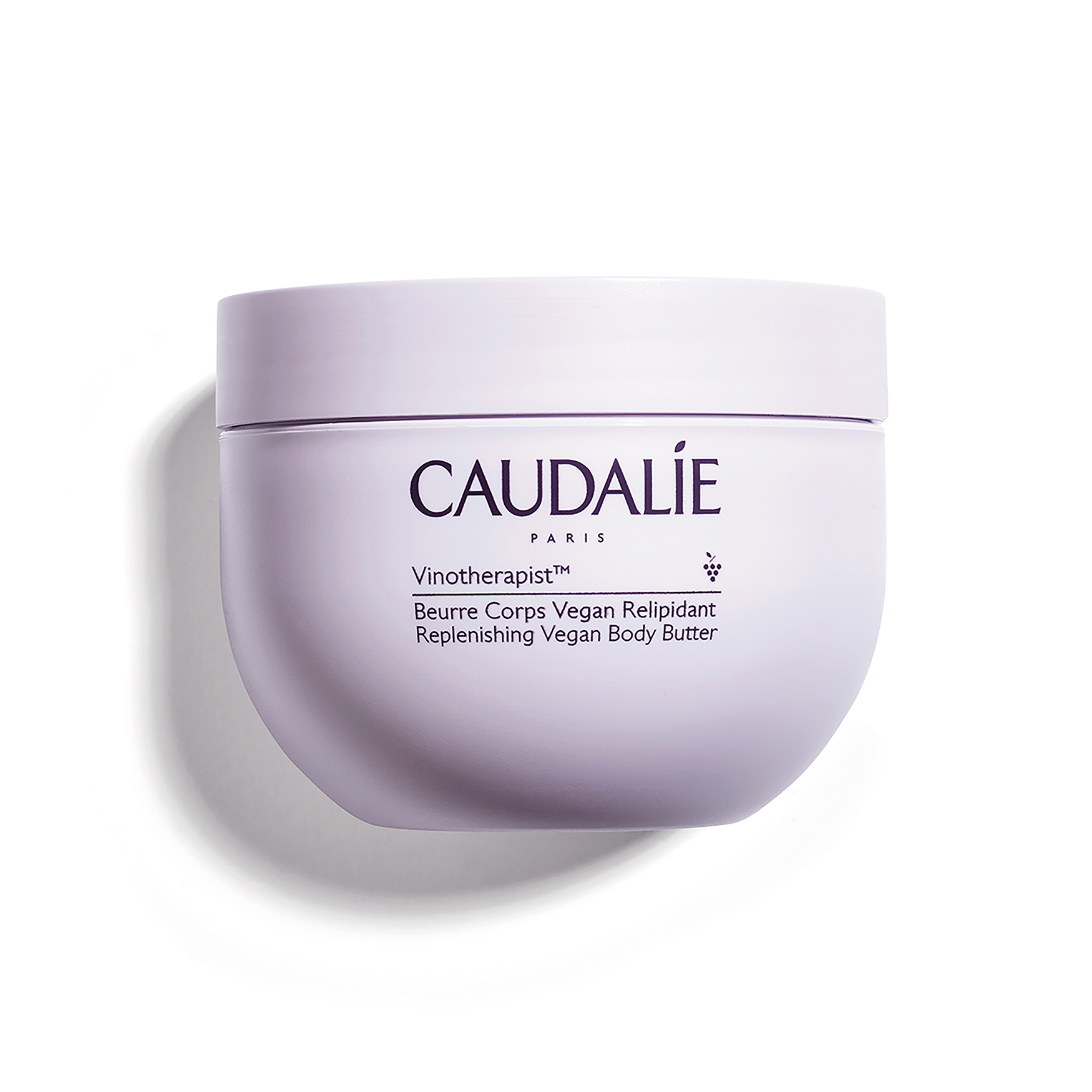The Truth About Hyperpigmentation in Darker Skin—and How to Treat It Gently
Care, prevention and treatment according to experts


Hyperpigmentation is one of those things most of us think we understand—but do we really? What actually causes it, and how can we treat it without making things worse?
The truth is, pigmentation doesn’t behave the same way for everyone. For people with darker skin tones, it can look, last, and respond completely differently. And, of course, that should shape how we approach the way we treat it.
What is hyperpigmentation & how does it affect darker skin?
“Hyperpigmentation is the appearance of darkened areas of skin due to an excess of melanin, the pigment that gives our skin its colour,” explains Dr Sidra Khan, Consultant Dermatologist, who sits on the National Committee for Skin of Colour Education and Research.
“Interestingly, there isn’t much variation in the number of melanocytes—the cells that produce melanin—across skin tones. In darker skin, however, the melanocytes make more melanin and distribute it more efficiently, which makes darker skin tones more susceptible to pigmentation after inflammation or injury.”
When triggered by even minor inflammation—a breakout, an ingrown hair, or friction from clothing—melanin production can spike. That’s why hyperpigmentation isn’t just limited to the face; it can appear on the body, chest, back, or inner thighs. Anywhere the skin experiences irritation or rubbing.
And so, “aggressive treatments in an unprepared person may cause irritation and worsen pigmentation,” explains Dr Ifeoma Ejikeme, dermatologist and founder of Adonia Medical Clinic. That’s why typical ‘quick-fix’ options, such as strong acids, harsh exfoliants, or deep peels, can have the opposite effect and darken existing marks.
How to treat & prevent hyperpigmentation in darker skin
Experts always advise a gentle approach when it comes to treating hyperpigmentation in darker skin—think barrier-first skincare with targeted, mild actives. Marisa Tukpah, product development manager at Malin+Goetz, says, “Gentle, barrier-strengthening care is essential to help minimise irritation and support a more balanced, even complexion.”
Celebrity news, beauty, fashion advice, and fascinating features, delivered straight to your inbox!
When it comes to ingredients, Dr Ejikeme recommends tyrosinase inhibitors as “the most effective group for regulating pigmentation.” These include arbutin, kojic acid, and azelaic acid—ingredients that work by slowing down the enzyme responsible for melanin production. For more sensitive or reactive skin, options like niacinamide, tranexamic acid, and mandelic acid are often more easily tolerated by the skin. Tukpah highlights niacinamide as a standout in Malin+Goetz, “our formula includes 2% niacinamide to help even tone, calm redness and strengthen the skin barrier. It restores balance without relying on harsh exfoliants or brighteners.”
While it’s tempting to go for the strongest course of treatment in the hopes of faster results (and I’ve been there), it’s definitely not worth it. “High-strength acids, deep chemical peels and some lasers carry a high risk of post-inflammatory hyperpigmentation,” warns Dr Ejikeme. “Retinoids can be used, but they need to be introduced slowly and always alongside barrier support. Treatments should never trigger excessive inflammation—otherwise, they can worsen pigmentation rather than improve it.”
And when it comes to addressing pigmentation on the face versus the body, Dr Khan explains she doesn’t differentiate. "Pigmentation isn’t a diagnosis—it’s a symptom of inflammation or injury. Patients should always have an accurate diagnosis and an individualised treatment plan.”
Why barrier support & hydration matter
Prevention and gentleness are key. Supporting the skin barrier during treatment is just as important as the actives themselves. “Hydrating creams like Revolution Pro Miracle Cream help maintain hydration and reduce irritation risk,” emphasises Dr Ejikeme.
There is so much nuance when it comes to the different effects of hyperpigmentation on darker skin tones. Just recently, dermatologists found that some blue light therapy can actually make hyperpigmentation worse on darker skin. “Blue light activates melanin production, which may lead to temporary or prolonged darkening of pigmented areas,” explains Dr Wedad Abdelrahman, Consultant Dermatologist.
“While red light (630 nm) and near-infrared light (830 nm), as used in the UKLASH LED Dual Light Pro-Therapy Face Mask, can help with hyperpigmentation by penetrating the skin to the melanocytes (the pigment-producing cells) to regulate their activity and reduce dark spots.”
The SPF rule everyone should follow
If there’s one thing, there is a consensus on, it’s SPF. “For any kind of pigmentation, regardless of underlying cause, one of the most important components of treatment is sunscreen. Broad spectrum sun protection that includes a min of SPF 30, UVA protection and visible light protection,” Dr Khan explains. “The challenge with tinted sunscreens for my patients with darker skin tones is finding a good colour match.” She adds, “Some of my favourite tinted sunscreens that I frequently recommend are the Elta MD Tinted Facial Sunscreen SPF 46, La Roche-Posay UV Mune Tinted SPF 50 Fluid, and Heliocare 360 Tinted Gel Oil-Free Sunscreen.”
“Daily SPF is essential to manage and prevent pigmentation,” Dr Ejikeme stresses. “UVA and visible light exposure both worsen post-inflammatory hyperpigmentation and melasma. A broad-spectrum SPF 50 should be used year-round.” And yes, that includes the middle of winter, even on the darkest and chilliest day.
And no, melanin is not a substitute for SPF. "One of the most common misconceptions among people of colour," Dr Ejikeme adds, "is that darker skin doesn’t need sunscreen, or that pigmentation is permanent and untreatable. Neither are true. Prevention, consistency, and a gentle approach are the most effective routes to treating hyperpigmentation."
When it comes to hyperpigmentation in darker skin, it’s about the long game. The key is understanding that darker skin heals differently and therefore needs to be treated differently. Skip the harsh treatments, protect the barrier, and lean into the gentle approach. Because the last thing you want to do is irritate the skin and make the pigmentation worse. And that’s a lesson we don’t want to learn for ourselves.
Editor's picks: the best products for hyperpigmentation

Zeynab Mohamed is a London-based freelance beauty and lifestyle journalist whose work explores the intersection of identity, culture, and the ever-evolving beauty landscape. She began her career on the beauty desk at British Vogue and has since written for a range of titles including Dazed, ELLE, Who What Wear, and Stylist. Her writing often examines how beauty trends both reflect and shape the world around us, particularly how they impact women. She also pens Face Value, her Substack newsletter, where she takes a more personal perspective on the way beauty touches our everyday lives.
